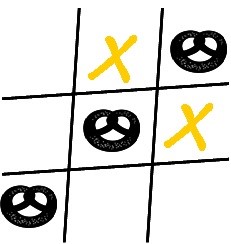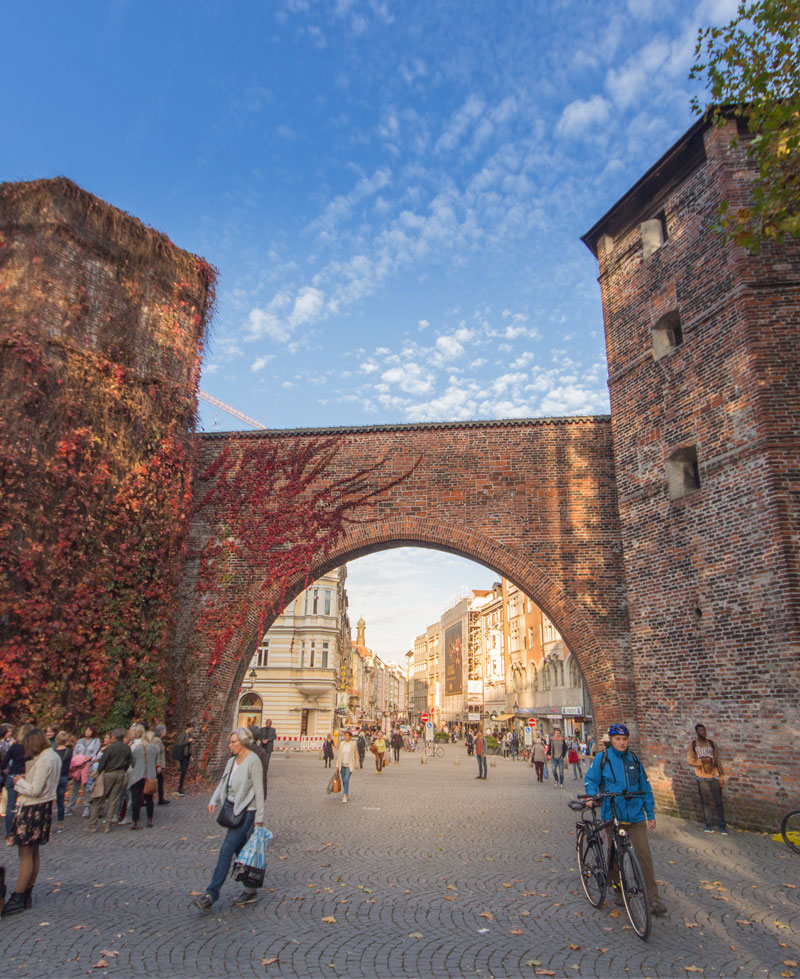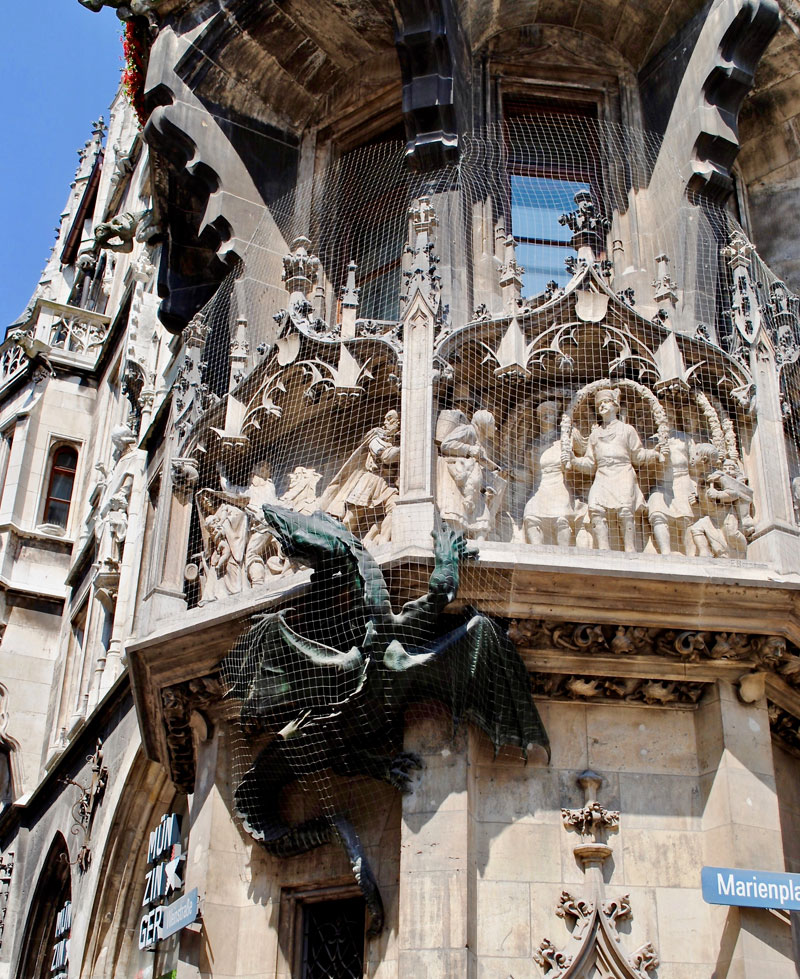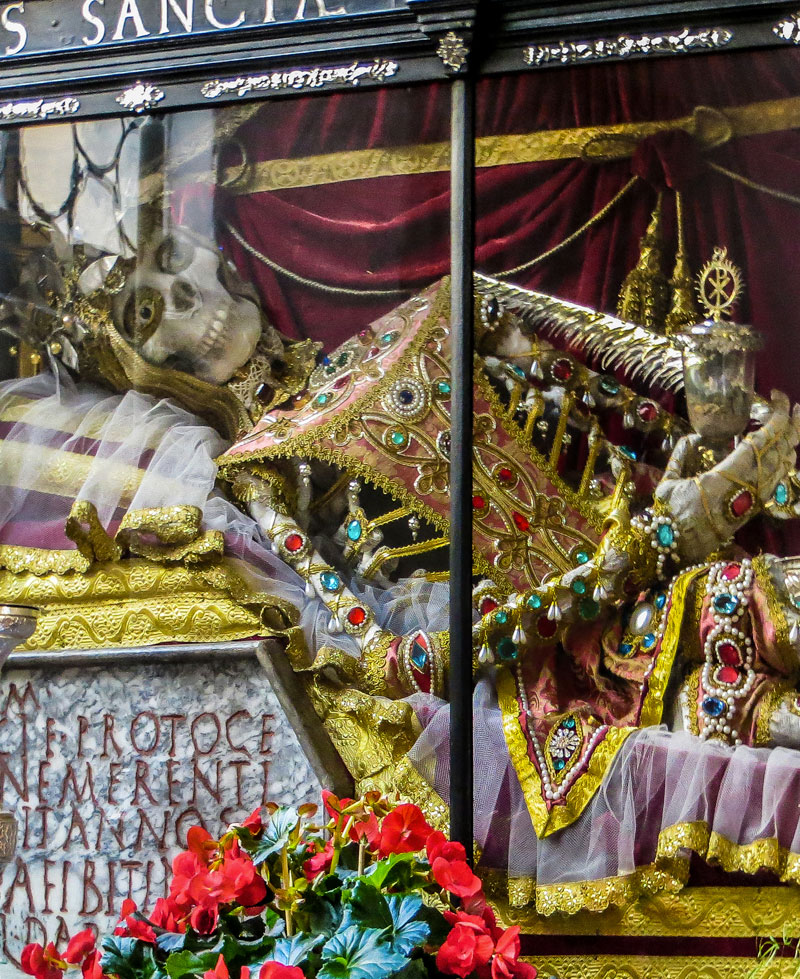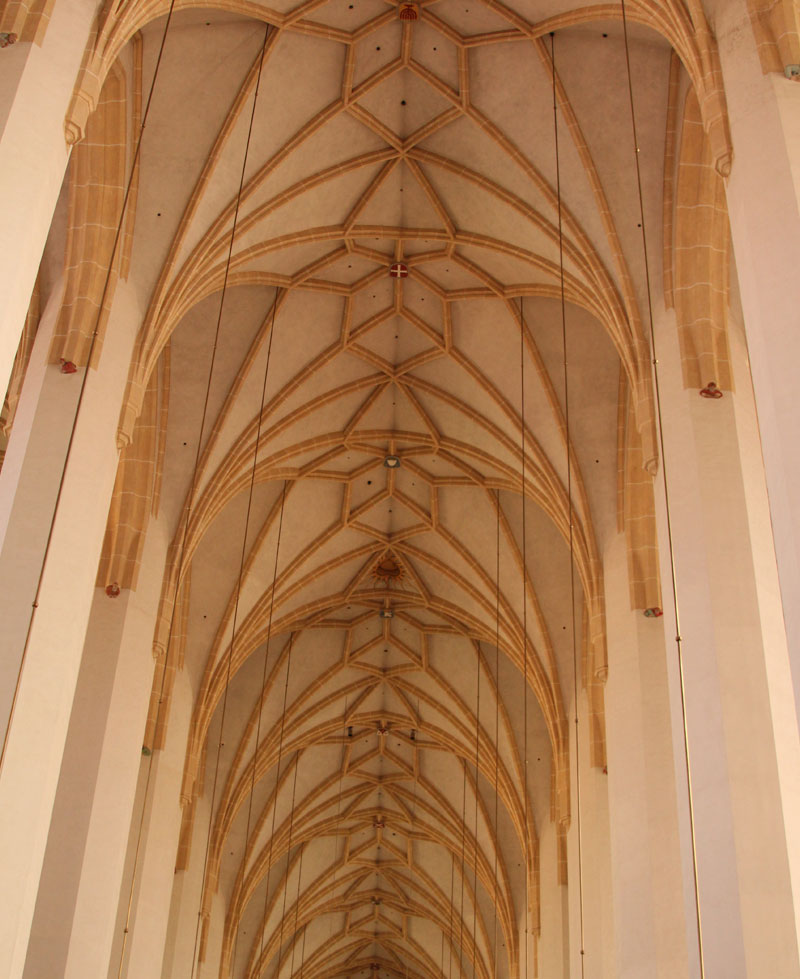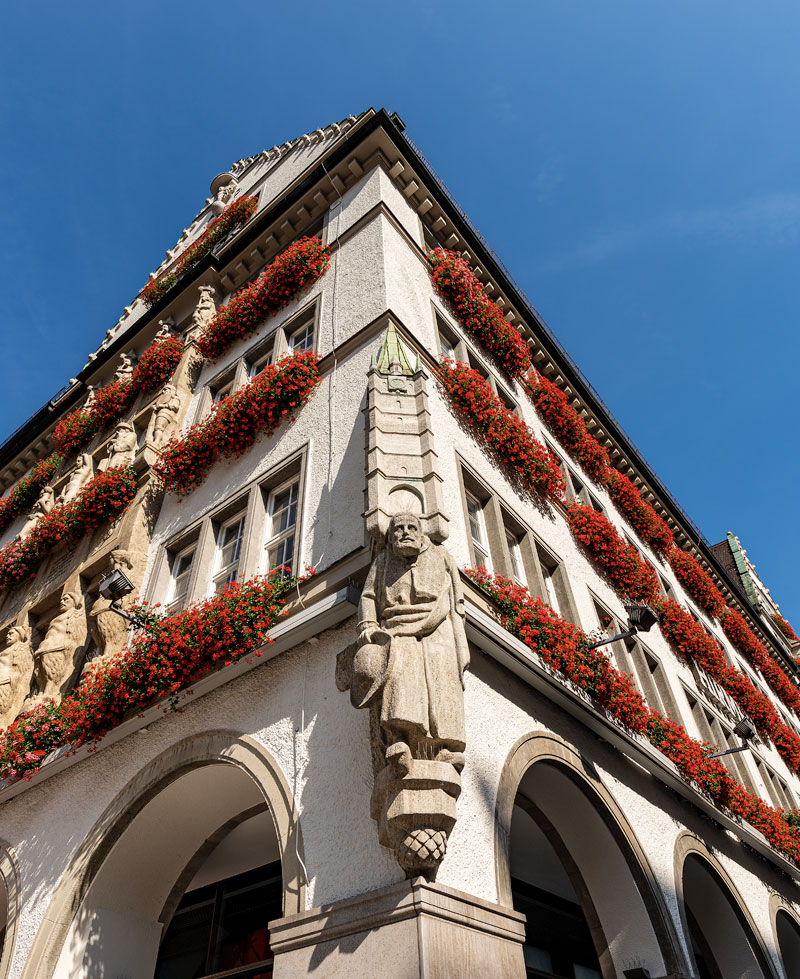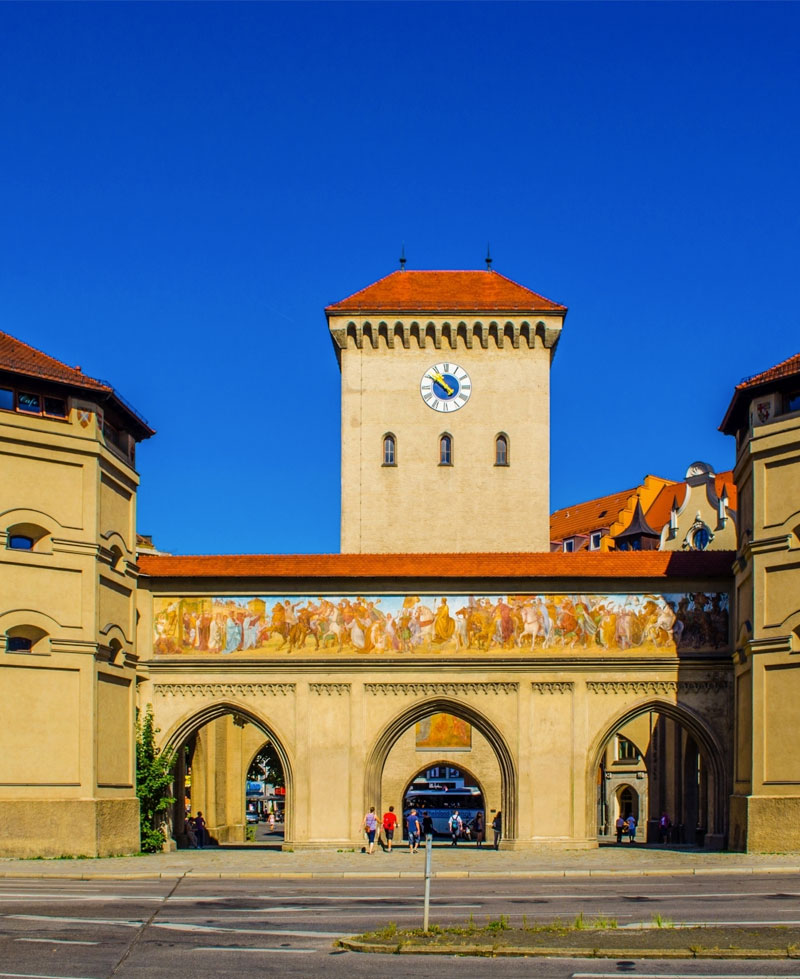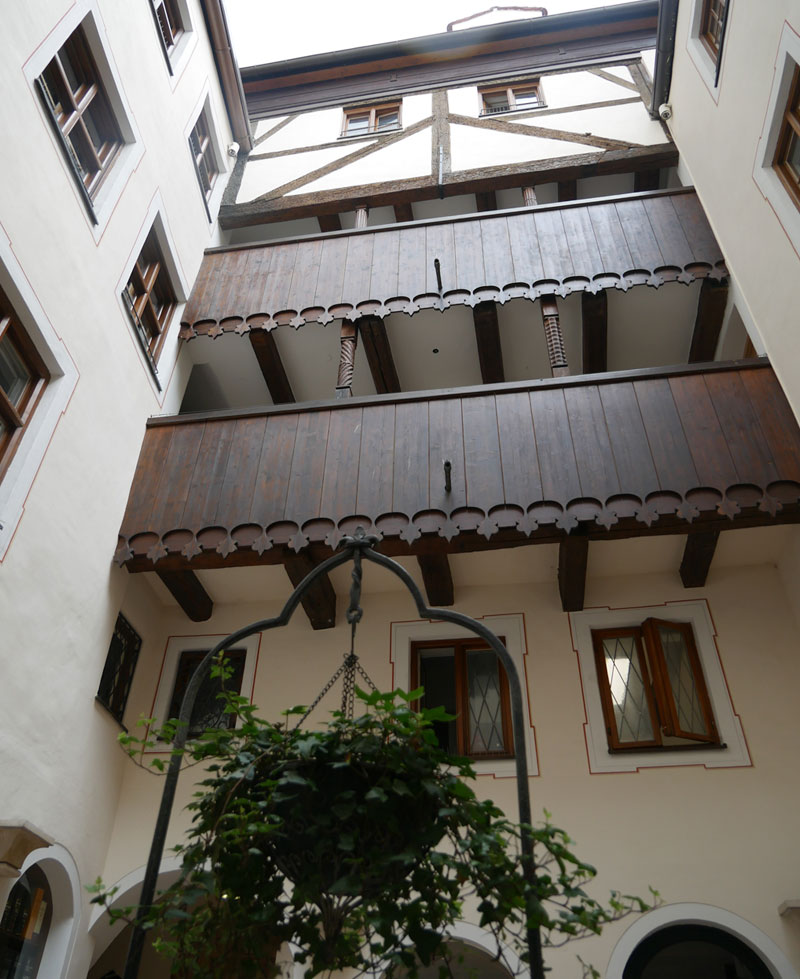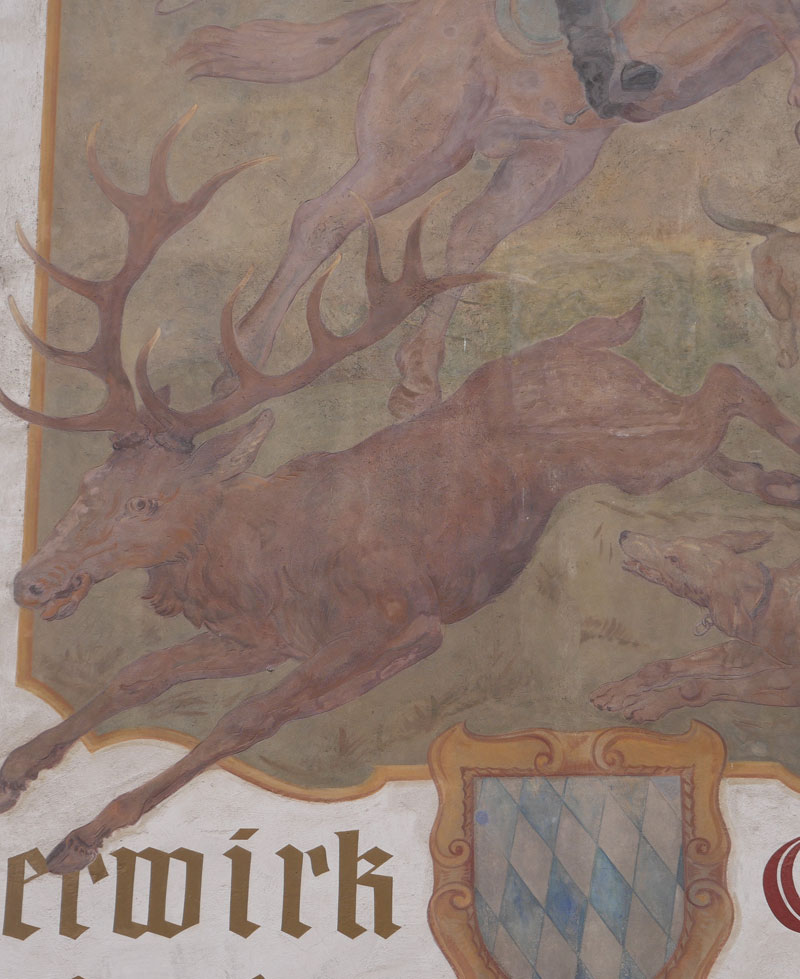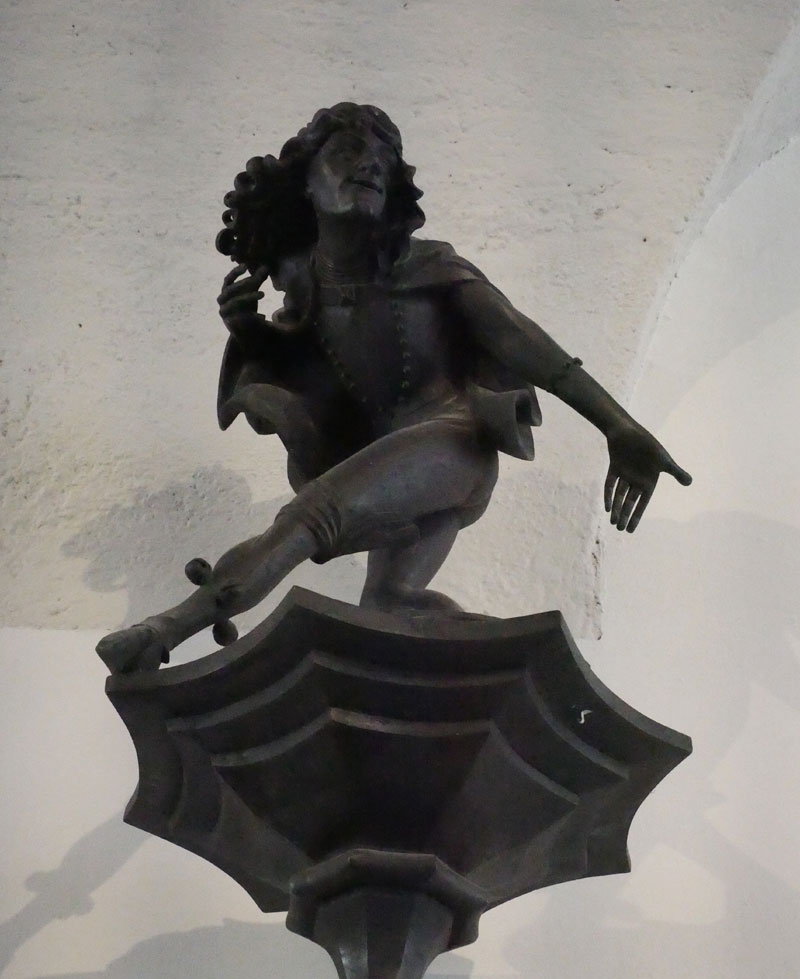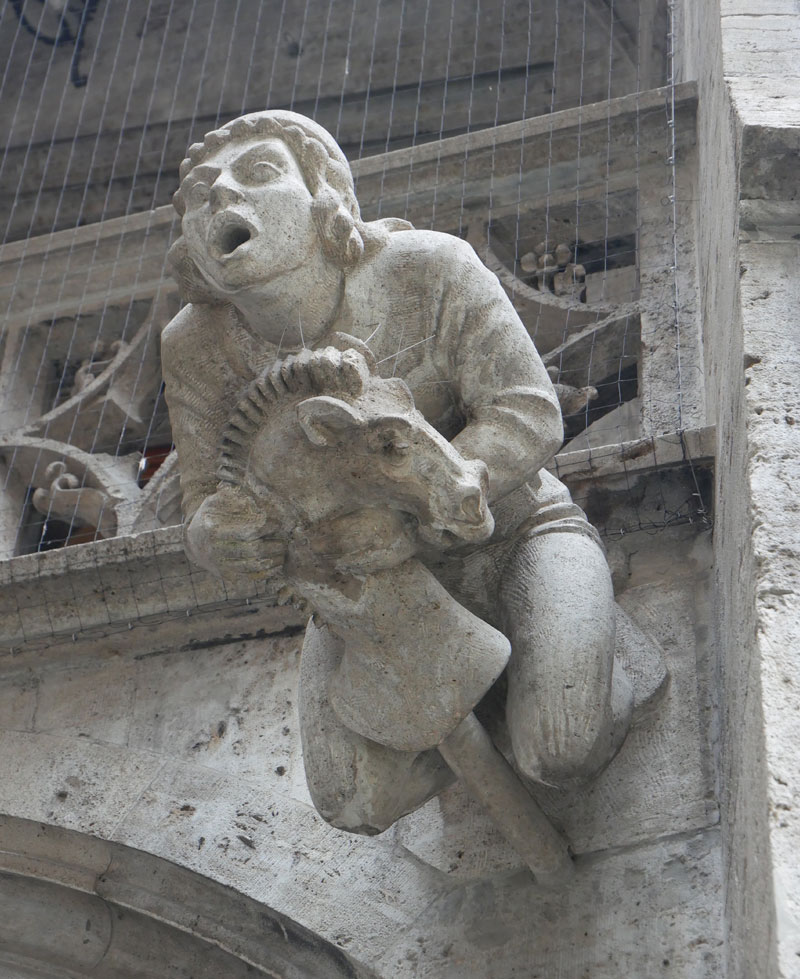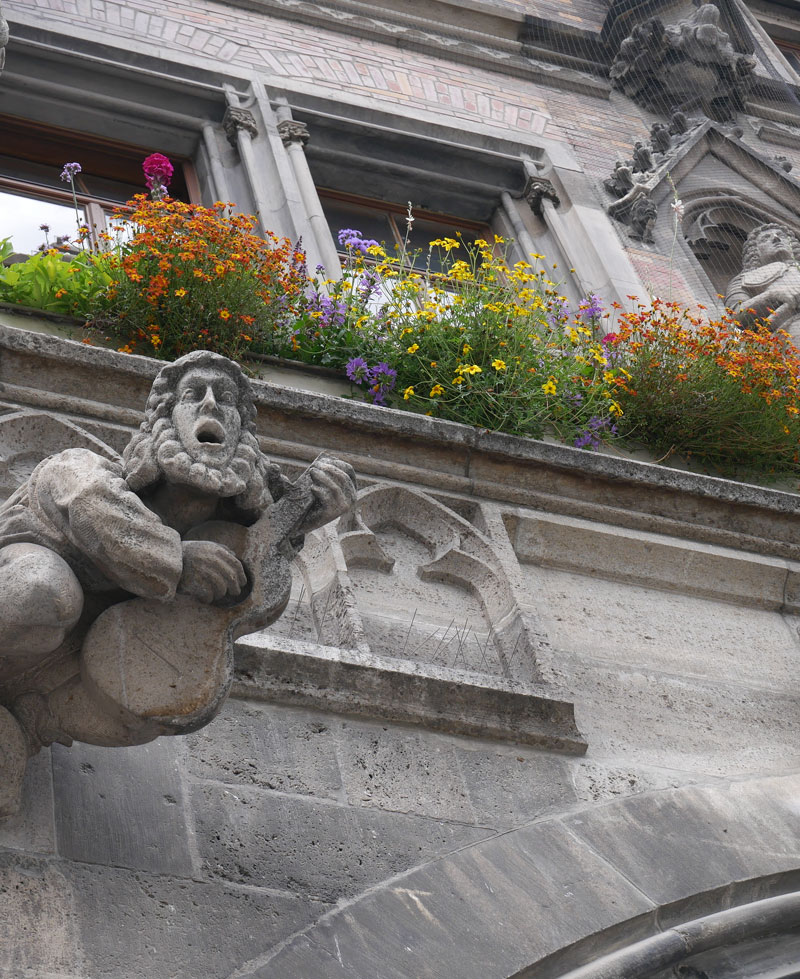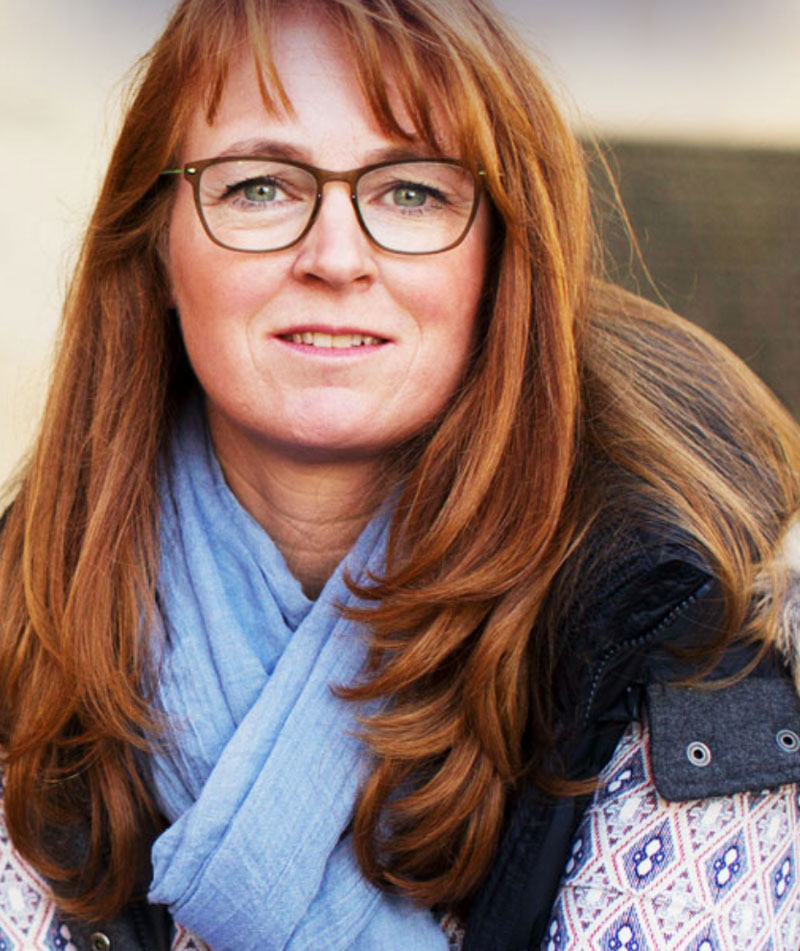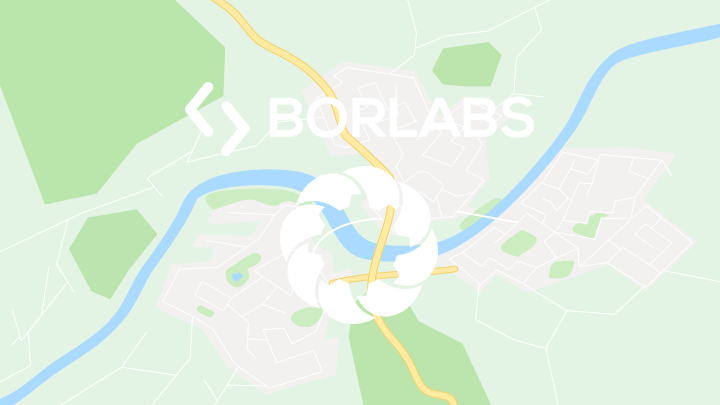Walls, myths, monks
MUNICH IN THE MIDDLE AGES
| Look forward to ornate facades, crooked arcades, ribbed vaults, grotesque gargoyles, oversized church windows, and plenty of medieval flair! | |
 |
Get to know the oldest part of Munich's old town and stroll along the so-called "Heinrichs-Ei" - even if historians throw up their hands at this expression! |
|
Find out what life was like in the medieval streets of Munich, which were strangely protected by a bearded African patron saint. |
Impressions
Description:
Yes, sometimes you have to look very closely to find Munich's medieval roots! Since its founding in the 12th century, fashion-conscious rulers have happily stripped away the old walls, towers, moats, town houses, and small churches that had shaped the royal residence of the Bavarian dukes. Nevertheless, hidden clues can be found everywhere, revealing what life must have been like between piety and the sale of indulgences, the Salt Road and monastery breweries, castle moats and Gothic mega-construction projects, leprosy and the plague – even odorless today! Some of these centuries-old witnesses have even survived the destruction of war and still dominate Munich's skyline. But beware! Not everything that looks medieval is real... Read more
Things were pretty "traditional" back then in the Middle Ages! This is demonstrated not only by the coopers, but also by the traces of many other craftsmen who shaped middle-class life in the Middle Ages. The bakers who were advised not to mix expensive flour with sawdust, the butchers who were forced to the outskirts of the city because of the mess, the dyers whose brew didn't exactly contribute to keeping the city's streams clean, and the many bricklayers who, when they weren't getting stuck in the mud with their carts, helped protect the city with countless bricks. You'll be amazed at all the places where bricks are hidden in Munich!
Our landmark, the Frauenkirche, is also built of brick – and when you gaze up at its characteristic green domes, you get a sense of how awed the citizens of Munich must have felt some 500 years ago. Especially if they had contributed significantly to its construction by purchasing indulgences! There were already enough churches and monasteries in such a small space, as is still clearly evident today from the many church steeples. Unfortunately, this did not protect the Jewish citizens from gruesome pogroms, as they were repeatedly used as scapegoats in Munich, too.
But above all, of course, reigned the Wittelsbach ruler – at that time still in the form of a duke, for only after the Middle Ages were descendants promoted to electors and kings! But wait, I almost forgot our emperor "Ludwig the Bavarian"! He ruled from a castle complex, the grounds of which are known today as the "Alter Hof" (Old Court), where one can take an idyllic break. A little later, the rulers were no longer safe from their own citizens and relocated the "new fortress" to the site where we can still admire the residence today.
As you can see, there was a lot going on, and I would like to take you on this exciting journey through time!
By the way, this tour is also suitable for our youngest children, who can then proudly share their knowledge from their local history and social studies classes.
The most important things in brief:
Meeting point:
at the fish fountain on Marienplatz
public transport:
You can reach Marienplatz with any S-Bahn or with the U3 / U6
Duration:
bookable as a 2-hour tour
Distance:
approx. 2 km
My tips for before and after our tour:
If you've developed a taste for the dark Middle Ages, I recommend the Munich City Museum. The "Typically Munich" exhibition features many interesting objects that will remind you of our tour. Afterward, you'll have truly earned the beer garden at Viktualienmarkt – there you can enjoy the products of medieval brewing, passed down through generations, under shady chestnut trees. Perhaps you're in the mood for a change of scenery? Munich also has a lot to offer in terms of modern architecture!
Frequently asked questions:
Will we also see the famous town hall carillon at Marienplatz on the tour?
Is a stop at the information point in the Alter Hof planned during the tour?
Can I have a snack during the tour?
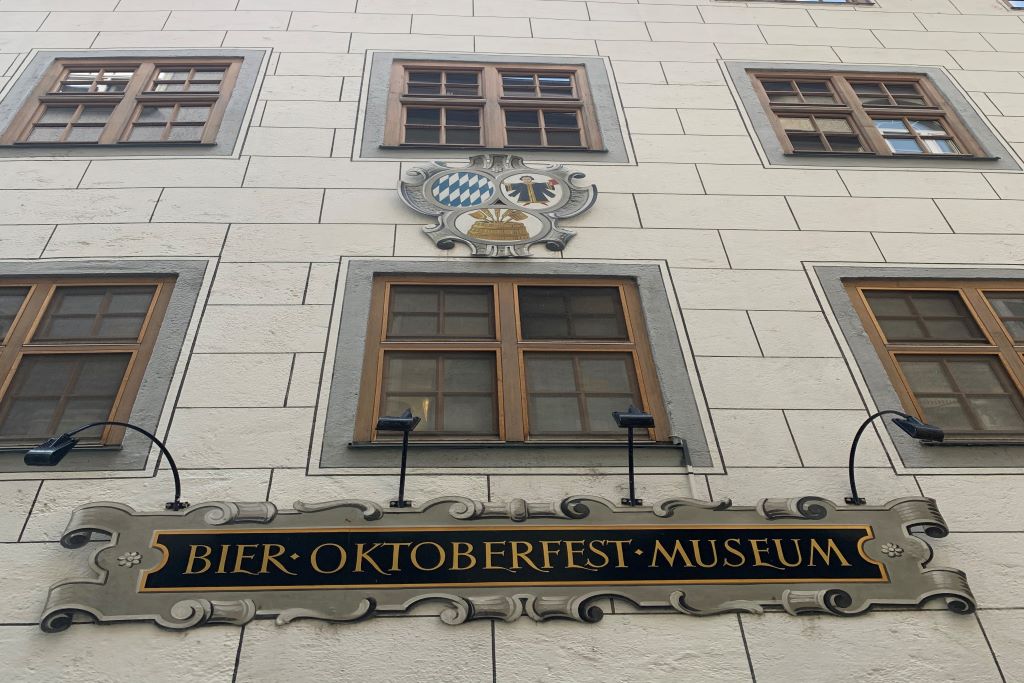
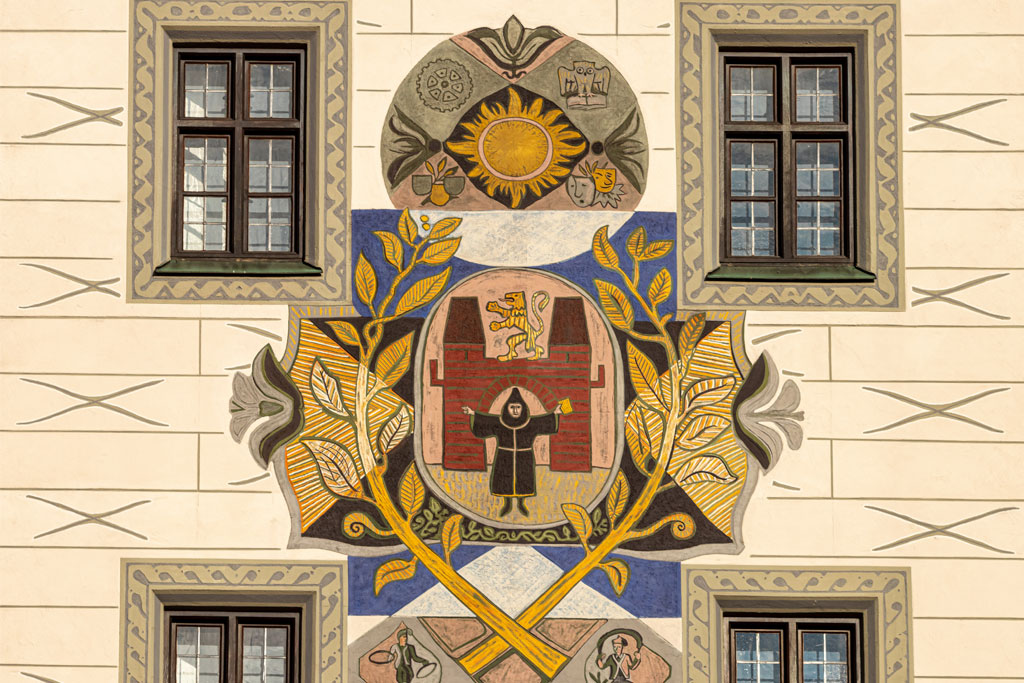
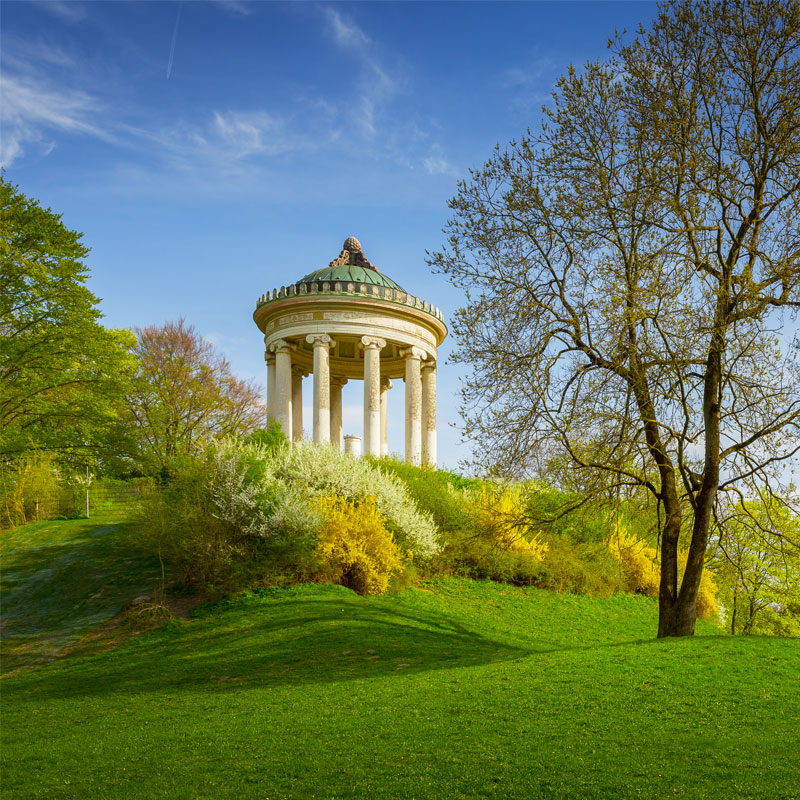
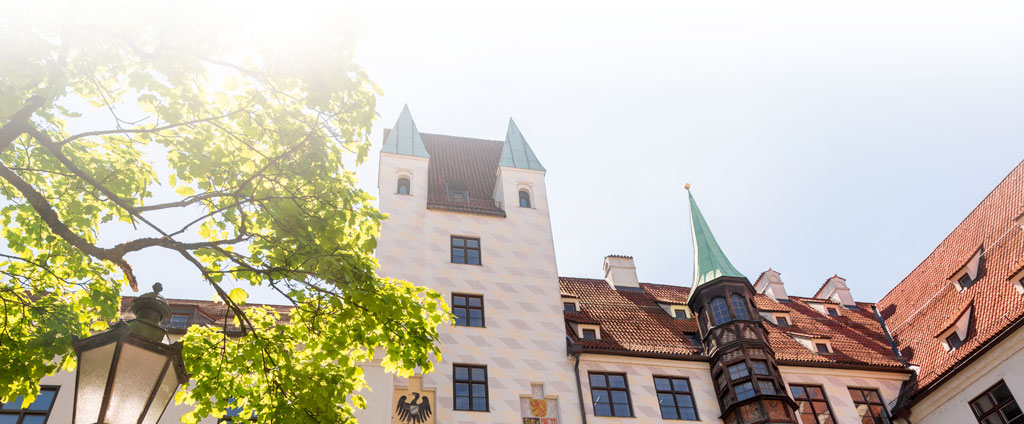
Still questions?
Write to me or just call me:
Grit Ranft
and the Dachau Concentration Camp Memorial
